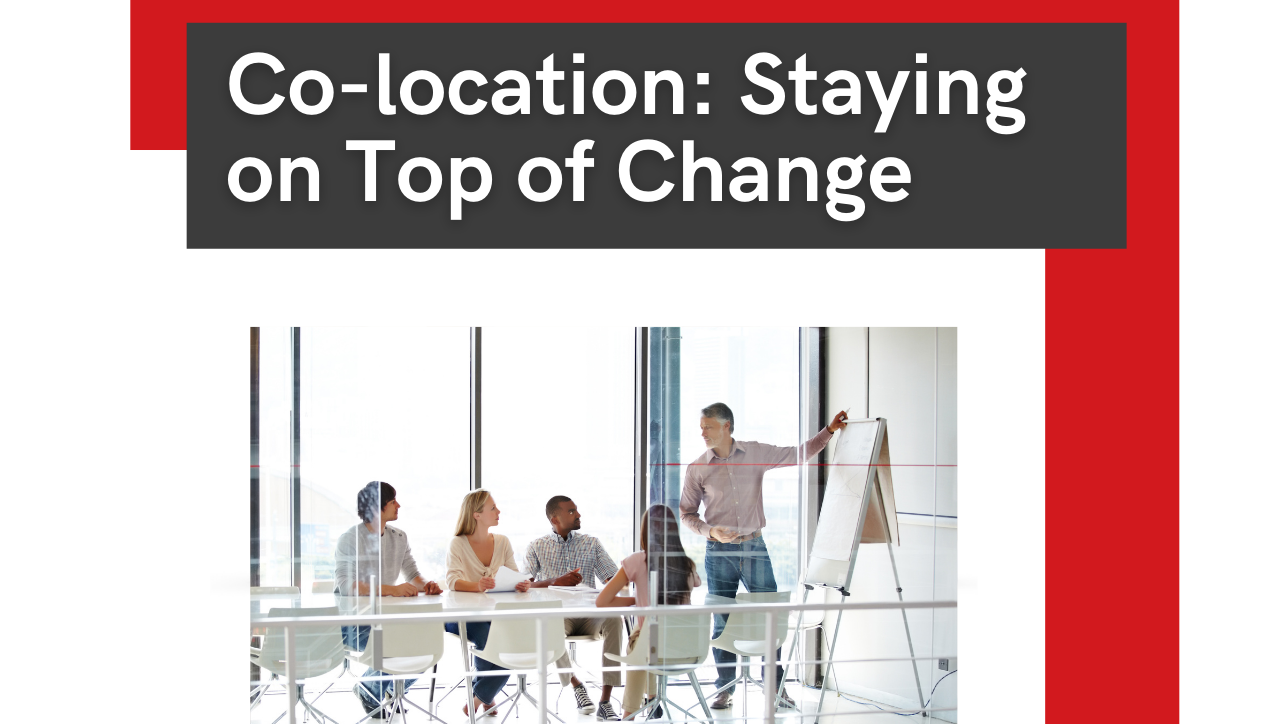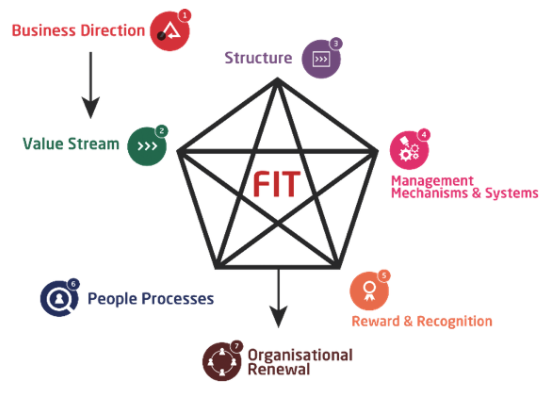Coming Out on the Other Side
As businesses’ offices start to reopen and people return to their co-located jobs there are sure to be discussions from Boardroom to Watercooler about ‘new ways of working’ based on the remote and virtual-working lessons learnt during lockdown. There may be some changes as a result, but these alone are unlikely to be a trigger to embark upon a business’ operating model redesign. However, be aware of the dangers of simply swapping physical for virtual.
Assessing the Situation
Take a breath and assess what you are seeing through the lens of the OTM Applied Star Model. Has the Business Direction or Strategic Intent changed? In most cases the answer will be no. Has the work changed? Again, in most cases the answer will be no, if you don’t fall into the trap of confusing what the work is with how the work gets done. Has where the work gets done changed? This is a question about organizational boundaries and in most cases the work will still be done in the same place in the organization structure. From an organization structure point of view, where the work gets done is not a question about physical location. What did change during lockdown were the Management Mechanisms that glued both work and people together.
Management Mechanisms
Overnight, as a result of force majeure, many organizations lost co-location and physical meetings as key management mechanisms. People lost the spontaneous access they had to colleagues which in turn disrupted the normal ways of; problem solving, decision making, planning, information sharing, and the building of affiliation, trust and social cohesion. In response new mechanisms and ways of working were developed very quickly to replace the formal meetings etc. that were seen to be lost. These mechanisms were often developed by ‘users’ at the point of need with individuals and teams quickly learning to use new tools such as Zoom or Microsoft Teams alongside virtual whiteboards such as Miro and Mural.
However, people and teams realized that simply replacing virtually the management mechanisms that they thought they had used in the office was not enough, some of the informality and spontaneity of office-based working was lost and virtual meetings became more ‘formal and transactional’, small things that had been done face-to-face switched to being done by email, team and cross-team cohesion started to erode, etc. During lockdown people first enjoyed the novelty of the virtual ways of working, and then lived with the perceived failings because they knew it would end.
Staying on Top of Change
Organizations that decide to embed some of the ‘new’ virtual ways of working must recognize that co-location is a powerful management mechanism that fundamentally underpins ways of working. If virtual working is to become part of the ‘new normal’ then all of the mechanisms that glue work and people together will need to be revisited and redesigned and new ways of working will need to be implemented, simply removing co-location as a mechanism and switching to virtual meetings and will not prove a sustainable solution.
Never miss out on OTM blog updates.
Subscribe to be notified whenever we post.
Peter Turgoose is a Senior Consultant at ON THE MARK.
OTM is the leading global boutique organization design consultancy with offices in the USA and UK. With over 450 successful redesigns and operating model modernizations completed, OTM is owner of the industry’s most integrated, comprehensive and holistic organization design solution. OTM enables its clients to realize their future ambitions.



